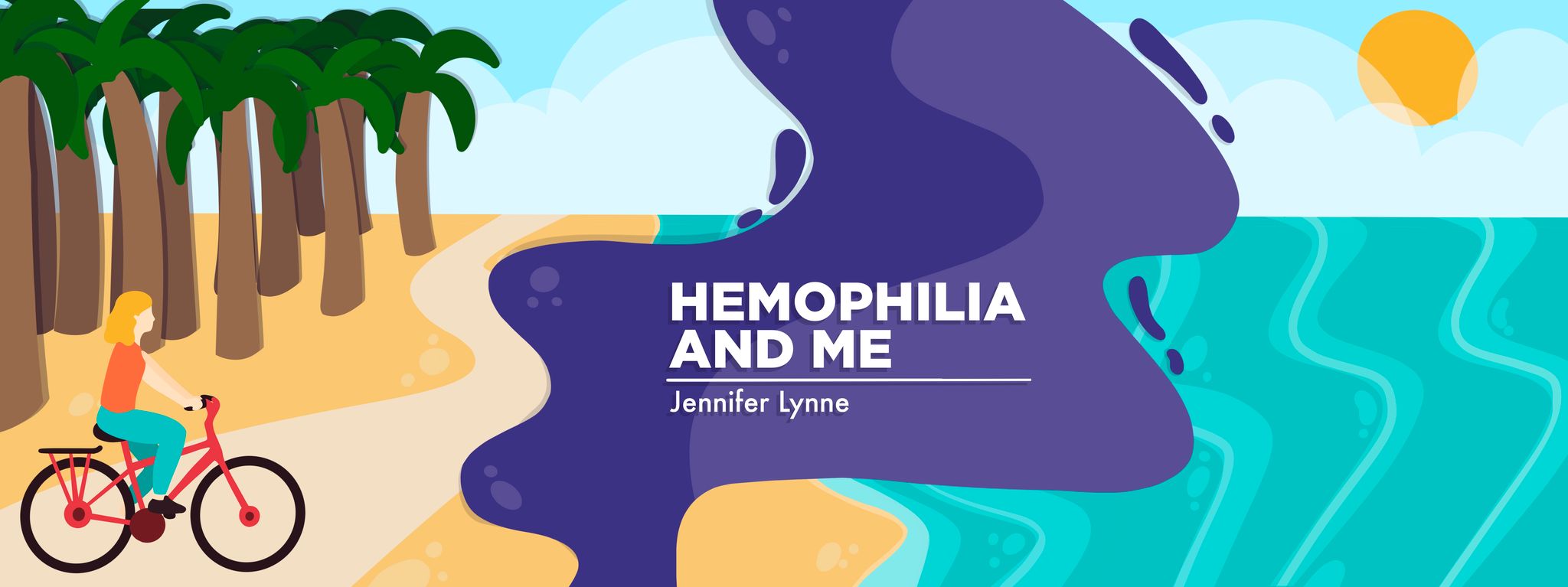Tips for hurricane preparedness with a bleeding disorder
With hemophilia, preparing for an emergency involves extra considerations

Mother Nature was not kind to my area of Florida last year. First came Hurricane Helene, bringing widespread flooding. Just two weeks later, Hurricane Milton struck, unleashing high winds and another round of devastating floodwaters. The effects are still visible today: Businesses have shuttered, restaurants remain closed, and the damaged elevators in my condo now need to be fully rebuilt.
When hurricane season rolls around, most people stock up on batteries, bottled water, and canned goods. But for those of us with hemophilia or other bleeding disorders, preparedness goes far beyond the basics. Storing factor safely, maintaining mobility, and ensuring access to emergency care become critical, especially when the power is out, roads are blocked, and pharmacies are closed.
After weathering multiple storms in Florida, I’ve learned that for our community, hurricane preparedness isn’t just about riding out the storm. It’s about protecting our health, our treatment continuity, and, in some cases, our lives.
Go-bag essentials for bleeding disorders
If you’re asked to evacuate, or if a power outage lasts longer than expected, having a ready-to-go emergency bag can make all the difference. For those of us with bleeding disorders, a standard emergency kit simply isn’t enough. Based on experience, here’s what I recommend including:
- Clotting factor or treatment product in travel-ready storage (coolers, thermal bags, or a mini-fridge if refrigeration is needed)
- Medical ID bracelet or necklace
- Printed treatment plan and emergency letter from your hemophilia treatment center (HTC) or hematologist
- A list of medications, including dosages and pharmacy contact information
- Health insurance card and photo ID
- Tourniquets, syringes, butterfly needles, and any supplies needed for infusions
- Alcohol wipes, gloves, and bandages
- Pain management medications (over-the-counter or prescription)
- Phone charger or portable battery pack
- Flashlight, bottled water, nonperishable snacks, and any comfort items that help you feel grounded.
If your treatment needs to be refrigerated, plan ahead for how you can keep it cold during a power outage. I’ve used battery-powered coolers and, in some cases, relied on nearby friends with generators.
To evacuate or not: A difficult decision
Evacuation orders are meant to protect lives, but for those of us with a bleeding disorder, deciding whether to stay or go isn’t always simple. I faced this dilemma during Hurricane Milton. While the sheriff urged residents in Zone A to evacuate, I chose to stay in my fourth-floor condo. Traveling with refrigerated medication and medical supplies is complicated. Gas was scarce, roads were dangerous, and I worried I might not be able to return for weeks — or longer.
Shelters don’t always accommodate rare medical conditions. And if you rely on a wheelchair or have trouble navigating stairs — as many do after a bleed — evacuation can feel nearly impossible. Still, staying at home comes with its own set of risks, including potential injury, power outages, or being cut off from care.
Here are a few things you can do to prepare ahead of time:
- Try to stock up on as much medication as your insurance allows. If a state of emergency is declared in Florida, for instance, you can request a 30-day emergency refill, even if you’re not due yet.
- Register with your county’s special needs registry. It may help you access shelters with power, refrigeration, or medical support.
- Identify at least two evacuation options: one with friends or family, and one through your local public shelter system.
- Practice packing and transporting your treatment supplies so you’re not scrambling during an emergency.
- Keep your HTC and emergency contact information easily accessible, and be sure to let someone know your plans before the storm hits.
There’s no one-size-fits-all solution. You have to weigh your options based on your health, resources, and local conditions. But planning in advance can help you feel more in control when things get chaotic.
Final thoughts
Living with a bleeding disorder means navigating daily life with extra caution and preparation. When a hurricane looms, those layers of planning become even more essential. From deciding whether to evacuate to ensuring your treatment supply is safe, the stakes are higher, but so is our resilience.
No one should have to choose between personal safety and their health. That’s why staying connected to your care team and advocating for your needs is so important. We can’t control the storm, but we can take steps to protect ourselves from its worst effects.
Whether you’re new to storm season or a seasoned Floridian like me, remember: Being hurricane-ready with a bleeding disorder is an act of strength. And you don’t have to face it alone.
Note: Hemophilia News Today is strictly a news and information website about the disease. It does not provide medical advice, diagnosis, or treatment. This content is not intended to be a substitute for professional medical advice, diagnosis, or treatment. Always seek the advice of your physician or another qualified health provider with any questions you may have regarding a medical condition. Never disregard professional medical advice or delay in seeking it because of something you have read on this website. The opinions expressed in this column are not those of Hemophilia News Today or its parent company, Bionews, and are intended to spark discussion about issues pertaining to hemophilia.







Leave a comment
Fill in the required fields to post. Your email address will not be published.